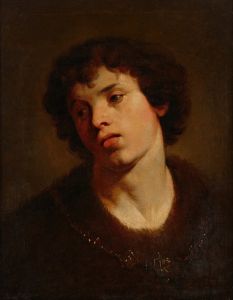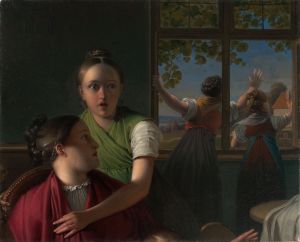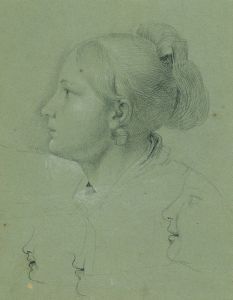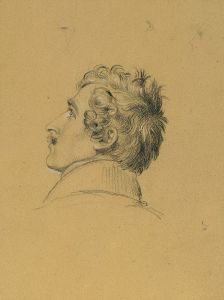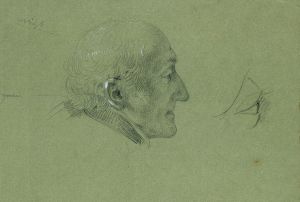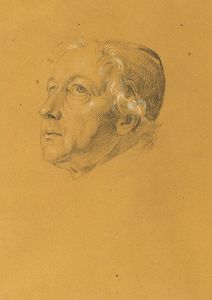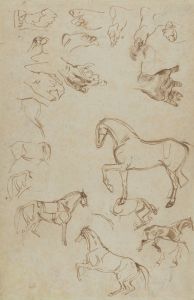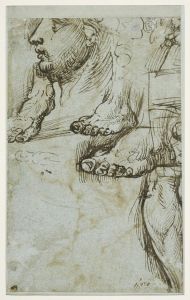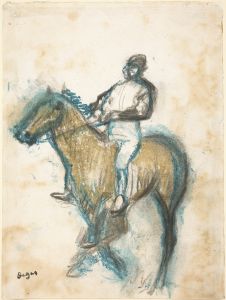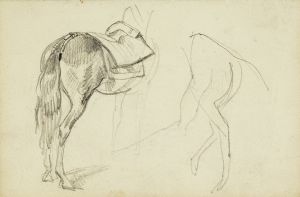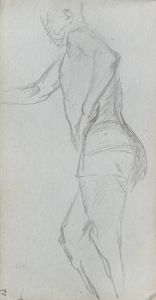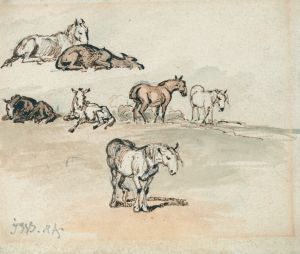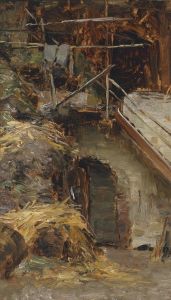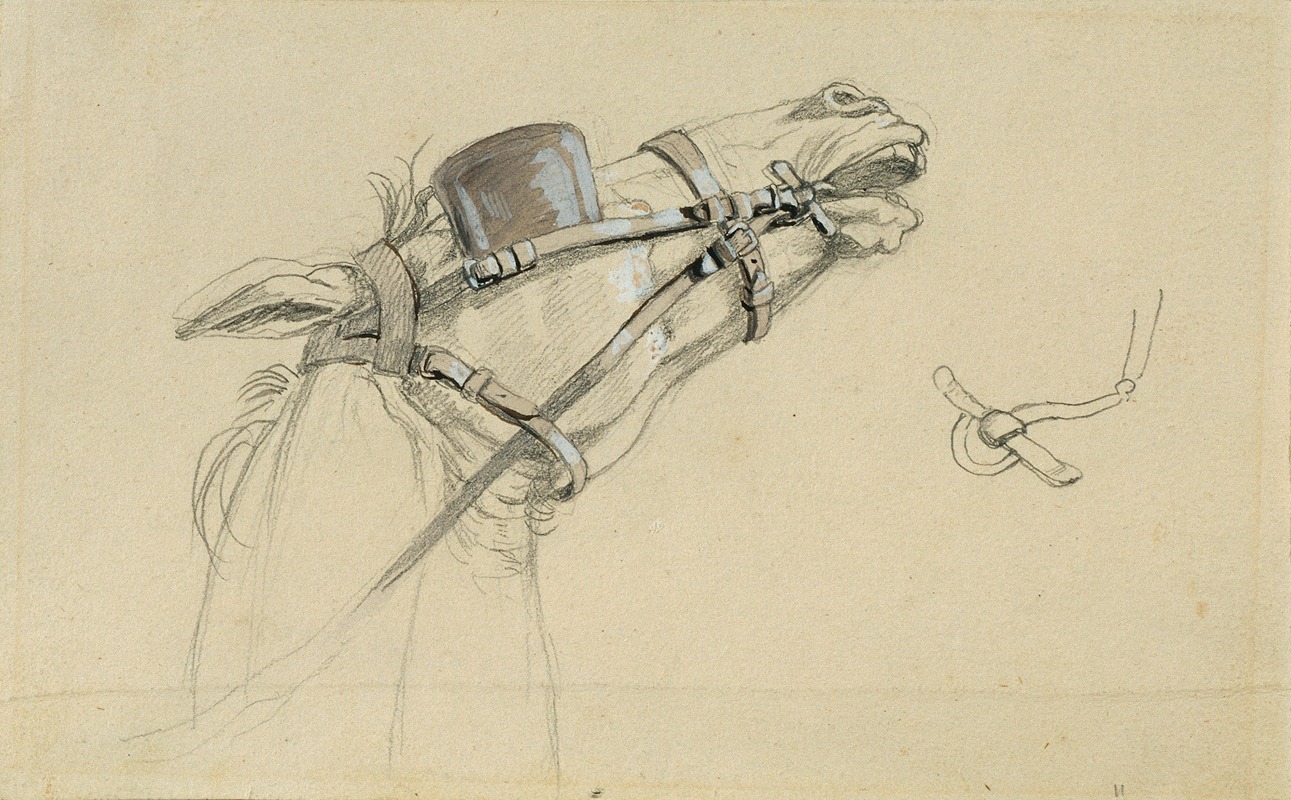
Studie eines Pferdekopfes zu ‘Rückkehr des Kaisers Franz aus Pressburg’
A hand-painted replica of Johann Peter Krafft’s masterpiece Studie eines Pferdekopfes zu ‘Rückkehr des Kaisers Franz aus Pressburg’, meticulously crafted by professional artists to capture the true essence of the original. Each piece is created with museum-quality canvas and rare mineral pigments, carefully painted by experienced artists with delicate brushstrokes and rich, layered colors to perfectly recreate the texture of the original artwork. Unlike machine-printed reproductions, this hand-painted version brings the painting to life, infused with the artist’s emotions and skill in every stroke. Whether for personal collection or home decoration, it instantly elevates the artistic atmosphere of any space.
Johann Peter Krafft was an Austrian painter known for his historical and genre scenes, as well as portraits. One of his notable works includes "Studie eines Pferdekopfes zu ‘Rückkehr des Kaisers Franz aus Pressburg’," which translates to "Study of a Horse's Head for 'The Return of Emperor Franz from Pressburg'." This study is a preparatory work for a larger historical painting that captures a significant moment in Austrian history.
Krafft was born on September 15, 1780, in Hanau, Germany, and later moved to Vienna, where he became a prominent figure in the art scene. He studied at the Academy of Fine Arts in Vienna and was influenced by the Neoclassical style, which is evident in his precise and detailed approach to painting. His works often reflected the political and cultural climate of his time, capturing the essence of the Austrian Empire during the early 19th century.
The larger work, "The Return of Emperor Franz from Pressburg," commemorates the return of Emperor Franz I of Austria after the signing of the Peace of Pressburg in 1805. This treaty marked the end of the War of the Third Coalition, a conflict in which Austria was a key participant against Napoleonic France. The treaty was signed in Pressburg, now known as Bratislava, and resulted in significant territorial losses for Austria. Despite the unfavorable terms, the return of the Emperor was a moment of national significance, symbolizing resilience and continuity of the Habsburg monarchy.
Krafft's study of the horse's head is a testament to his meticulous attention to detail and his commitment to realism. Horses were a common motif in historical paintings of the time, symbolizing power, nobility, and movement. By focusing on the horse's head, Krafft was able to capture the animal's strength and grace, which would have been an essential element in the larger composition of the Emperor's return.
The study itself showcases Krafft's skill in rendering anatomical accuracy and his ability to convey texture and form. The careful observation of the horse's musculature and expression demonstrates Krafft's dedication to capturing the essence of his subjects, a quality that made his historical paintings resonate with viewers.
Johann Peter Krafft's contributions to art extend beyond his paintings. He played a significant role in the development of the Vienna Academy of Fine Arts, where he served as a professor and later as the director. His influence on the next generation of artists was profound, as he emphasized the importance of historical accuracy and the study of nature in art.
In summary, "Studie eines Pferdekopfes zu ‘Rückkehr des Kaisers Franz aus Pressburg’" is a reflection of Johann Peter Krafft's artistic prowess and his ability to capture historical moments with precision and emotion. This study not only served as a preparatory work for a larger historical painting but also stands alone as a testament to Krafft's skill and dedication to his craft.






